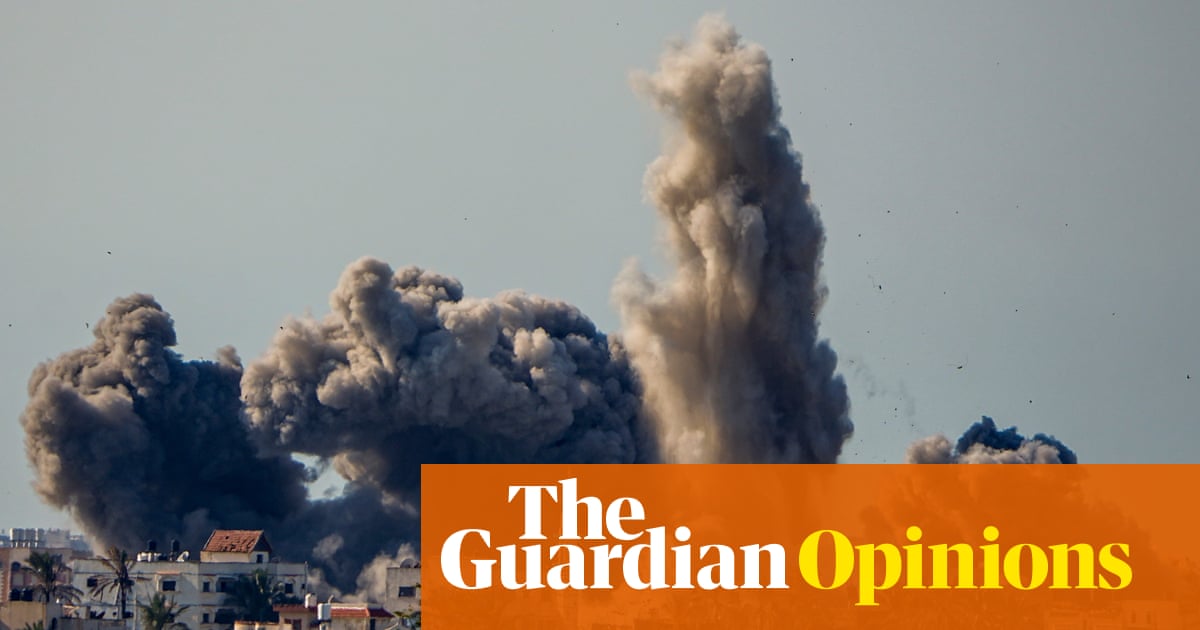
If it wasn’t bad enough that so many people are being killed and injured in the protests along Gaza’s border with Israel, what makes it worse is the callous nature of the response from the governments and the media in Israel and the United States.
According to the United Nations Human Rights Council, 112 Palestinians including 14 children have been killed by the Israelis and more than 12,000 have been seriously injured since the protests began on March 30.
March 30 is important because protesters were commemorating the 42-year anniversary of Land Day, when Israeli police callously shot and killed six Palestinians in Israel who were protesting the government’s confiscation of non-Jewish lands to create homes and farms for Israelis.
The violence heightened on Monday as Israeli and American officials gathered to celebrate the moving of the US Embassy to Jerusalem; another event showcasing the continued violation of Palestinian rights by Israel and the US. During his embassy speech, President Donald Trump’s senior adviser Jared Kushner accused the protestors of being “part of the problem” blocking peace. Incredulously, Kushner made no mention of Israel shooting 1,200 protesters.
As the embassy opening celebrations went on (on former Palestinian lands), Israel was involved in nearly doubling the number of dead. The UNHRC reported 58 Palestinians were killed and 1,360 were seriously injured on Monday. The number of those killed rose by two on Tuesday.
Violence is not new to the region. Israelis have been killing Palestinians since Israel was founded 70 years ago this week. Although some Israelis have died in clashes, the majority of the victims are Palestinians due to the Israeli authorities using excessive force. It is almost as if Israel is making a political declaration: “The more you protest against us, the more you will be killed.”
Worse is how many news media outlets are taking sides. When it comes to Israel, the mainstream US media skews coverage to heap blame for the violence on Palestinians, while minimizing Israel’s provocations and heavy-handedness.
That no Israelis have been killed or injured in recent confrontations demonstrates how false the narrative of Israel being the “victim” really is. One of the issues raised by the Arab news media is that most of the victims killed by Israeli snipers were 300 to 700 meters from the Israel-Gaza border. To throw a “firebomb” that far would make the Palestinian a super athlete. Even if the distance was only 100 meters from the border, not even the best American football quarterback could throw a lighter football that far.
When it comes to Israel, the mainstream media in the US skews coverage to heap blame for the violence on Palestinians.
Ray Hanania
That might explain an even more horrendous trend in Israel’s violence against the Gaza protestors: Many of those targeted by Israeli military snipers were Arab journalists. The Committee to Protect Journalists reports that 22 journalists working on the Gaza side of the conflict have been hit by Israeli sniper fire. They were all wearing clothing identifying them as working journalists. Could it be that their media identification made them an Israeli target?
Two of those hit, Yaser Murtaja and Ahmed Abu Hussein, died from their injuries. Murtaja was a photojournalist and cameraperson for Ain Media, while Abu Hussein was a photographer for Voice of the People Radio. According to the CPJ, their deaths bring to 16 the total number of working journalists killed by Israel since 1992.
Two is not a small number. In fact, killing one journalist would normally be a huge story in the mainstream American news media — except, apparently, when the shooters are Israeli soldiers. Some of the media covered the killings, but criticism of Israel’s role was muted and many parroted Israeli claims the journalists were “Hamas terrorists.”
Three of the largest American journalism associations — the Society of Professional Journalists, which has more than 10,000 members, the National Association of Black Journalists, and the National Association of Hispanic Journalists — have all remained silent on Israel’s killing of journalists. These are just a few of the media associations whose members include many of the country’s top editors, reporters and columnists working for America’s largest newspapers and radio and TV stations.
In contrast, the SPJ, NAHJ and NABJ have been outspoken in their criticism of Trump, not for moving the embassy in violation of the Fourth Geneva Convention, but for his biting criticism of mainstream journalists.
When a Slovak journalist, Jan Kuciak, was killed along with his partner, Marina Kusnirova, in their apartment in Velka Maca, a village east of the capital of Bratislava, the media went berserk — accusing the local government of being responsible because Kuciak was investigating the country’s financial corruption. It was featured in the Washington Post on Feb. 26, only a month before the first Palestinian journalists were shot by Israel.
The New York Times wrote about a journalist killed in Veracruz, Mexico, in March. Leobardo Vazquez was the third Mexican journalist killed there in the past year, and 10 were killed in the prior year, the newspaper reported.
In 2012, during Israel’s assault of Gaza, the National Press Club in Washington called for an investigation into Israel’s attacks on Palestinian journalists. The NPC came under a massive assault from pro-Israel activists for implying Israel doesn’t respect journalists’ rights. Two years later, when as many as nine journalists were killed or wounded in Gaza, the NPC learned its lesson and only found the courage to issue a press release denouncing the arrest of a journalist in Iran.
Downplaying reporting on the killing of Arab journalists is another aspect of how sections of the US media trivialize Arab rights while exaggerating Israel’s propaganda claims, making Israel’s response to the Gaza protests even more heinous in nature.
Ray Hanania is an award-winning Palestinian American columnist and the author of several books including “Yalla! Fight Back.” His personal website is www.Hanania.com. Twitter: @RayHanania












